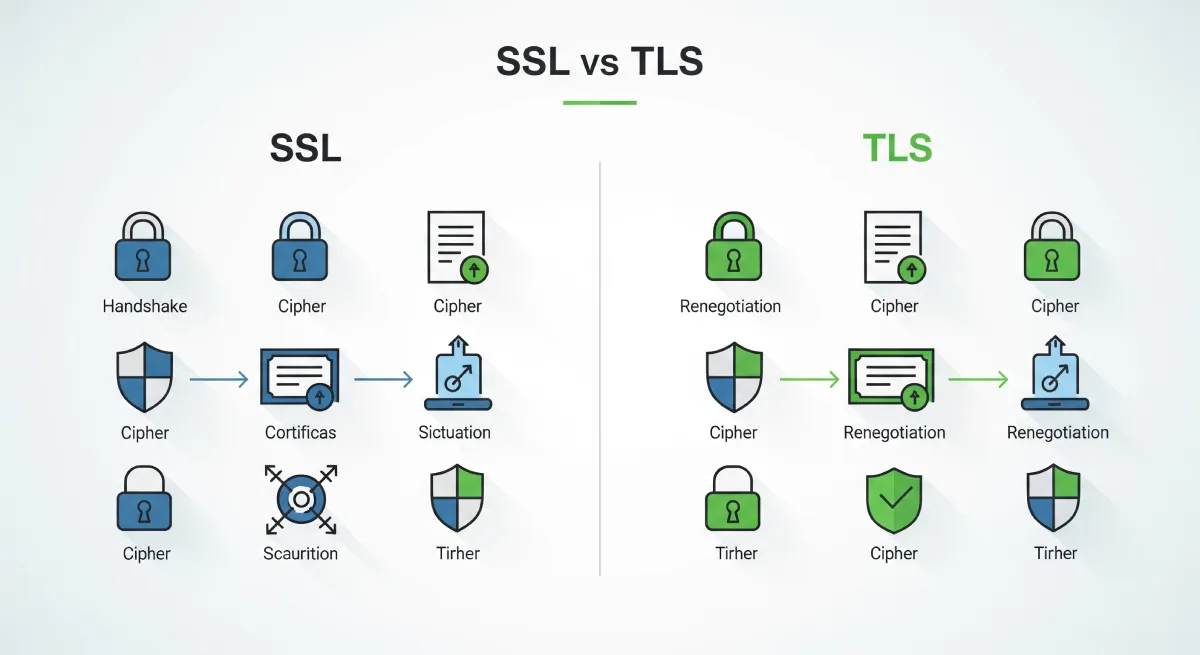Introduction
In the realm of digital circuits, two heavyweights go head-to-head in a battle for supremacy: the Latch and the Flip Flops. These two fundamental components play a crucial role in sequential logic, but which one holds the key to unlocking the most efficient and reliable circuitry? Join us on this epic journey as we delve into the intricacies of Latch vs Flip Flops and discover the secrets behind their operation, applications, and the impact they have on modern technology.
Understanding Latches
Latches are sequential logic devices that can store a single bit of information. They are simple, transparent circuits that maintain their output state as long as the enable signal is active. When the enable signal goes inactive, the latch retains its current state, allowing for the storage and retrieval of data. With their ability to latch onto data in real-time, they find applications in various areas, including memory circuits, registers, and data storage.
Exploring Flip Flops
Flip Flops, on the other hand, are clocked sequential logic devices that store and transfer data in synchrony with a clock signal. Unlike latches, flip flops operate on rising or falling edges of a clock signal, ensuring synchronized updates and avoiding metastability issues. Flip flops come in different variations, including D Flip Flops, JK Flip Flops, and T Flip Flops, each with its own unique characteristics and applications. They are widely used in counters, registers, and state machines.
Performance and Applications
When it comes to performance and applications, both latches and flip flops have their strengths and weaknesses. Latches excel in applications that require real-time data processing, where speed is of the essence. Their simplicity allows for faster operation, making them ideal for applications such as data transfers between registers or multiplexers.
On the other hand, flip flops shine in applications that demand synchronized data updates. With their ability to operate based on clock edges, they offer robust timing control and ensure reliable data storage. This makes them suitable for applications that require precise control over state changes, such as in digital clocks, synchronous communication systems, or pipelined processors.
Power Consumption and Area Efficiency
In terms of power consumption and area efficiency, latches generally have the advantage. Due to their simplified structure, latches consume less power and occupy a smaller chip area compared to flip flops. This advantage makes latches a favorable choice in low-power designs or applications with strict area constraints.
However, it’s important to note that the power and area efficiency of both latches and flip flops can vary depending on the specific implementation, technology node, and design considerations. Advanced techniques, such as clock gating and power optimization strategies, can be applied to improve the efficiency of flip flops and bridge the gap between the two circuit types.
Differences between Latches and Flip-Flops
| Point of Difference | Latches | Flip Flops |
|---|---|---|
| Operation | Transparent circuit | Clocked sequential device |
| Enable Signal | Retains state as long as enable signal is active | Updates state based on clock edges |
| Timing Control | Not synchronized with a clock signal | Synchronized with a clock signal |
| Applications | Memory circuits, registers, data storage | Counters, registers, state machines |
| Real-Time Data Processing | Well-suited for real-time applications | Not optimized for real-time processing |
| Data Transfer | Faster data transfers between registers or multiplexers | Relies on clock edges for data updates |
| Power Consumption | Generally consumes less power | May consume more power depending on the implementation |
| Area Efficiency | Occupies smaller chip area | May occupy larger chip area |
| Metastability | May experience metastability issues | Designed to avoid metastability |
| Design Complexity | Relatively simpler design | Design complexity varies based on flip flop type |
Conclusion
In the battle of Latch vs Flip Flops, there is no clear winner. Each has its own strengths and applications, and the choice between them depends on the specific requirements of the design. Latches excel in real-time applications that demand speed, while flip flops shine in synchronized systems that require precise control over state changes.
Understanding the nuances of latch and flip flop designs empowers engineers to make informed decisions, ensuring optimal circuit performance and efficiency. By leveraging the unique characteristics of both circuit types, designers can unlock new possibilities and drive innovation in the ever-evolving world of digital electronics.
So, whether you’re working on a high-speed data processing system or a synchronous communication network, knowing when to use latches or flip flops will enable you to build robust, efficient, and reliable digital circuits that push the boundaries of technology.




